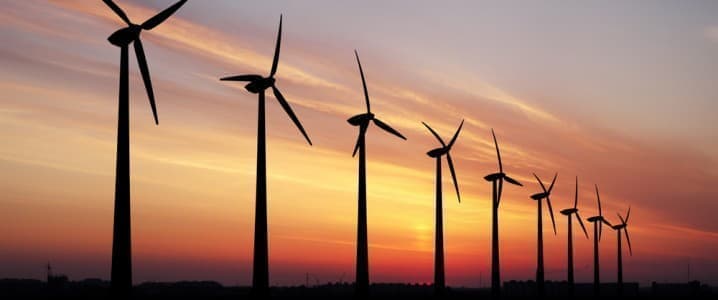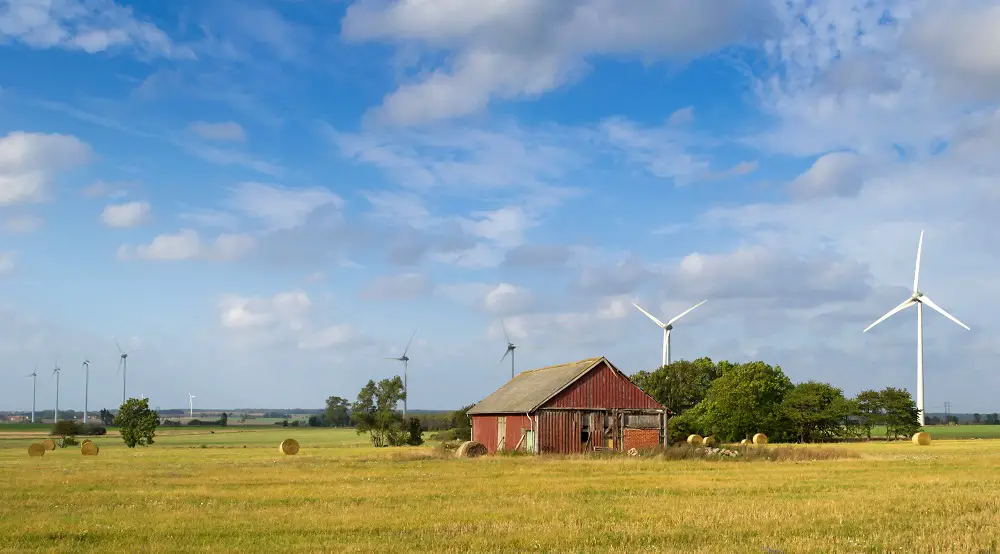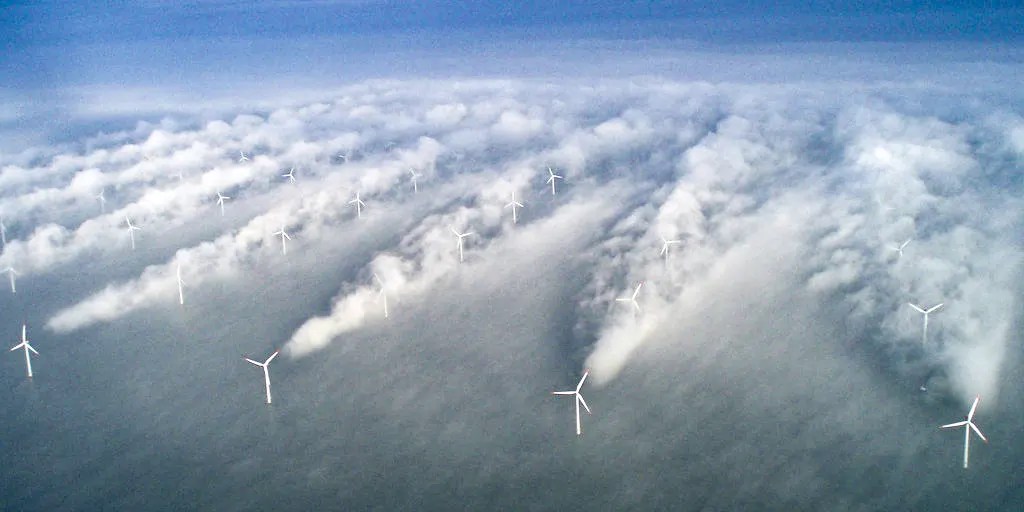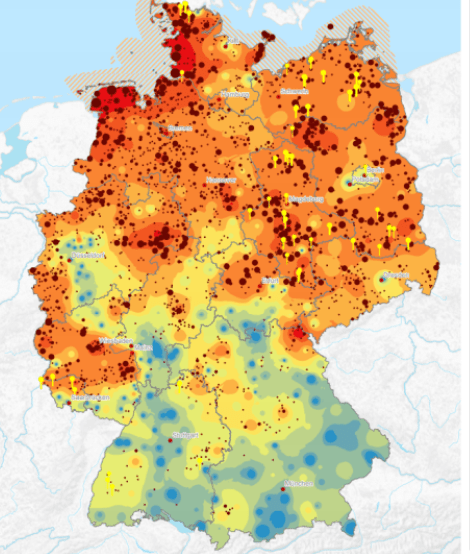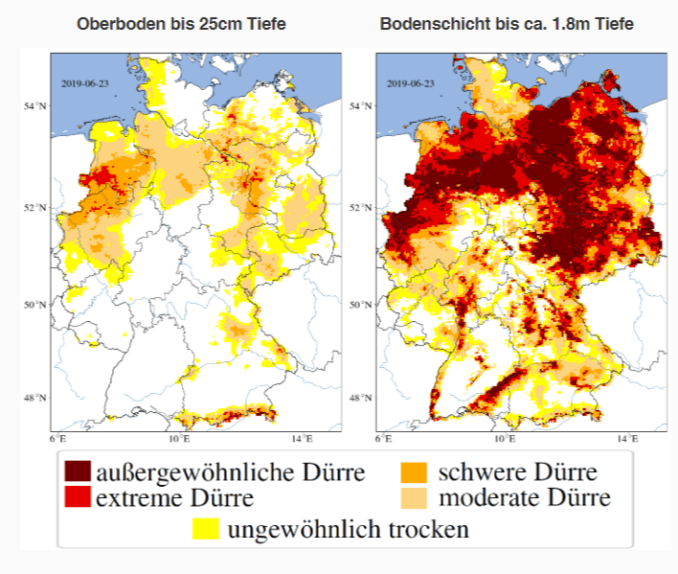Germany Is Dismantling A Wind Farm To Make Way For A Coal Mine
By
Michael Kern - Oct 26, 2022, 9:30 AM CDT
A wind farm is being dismantled in western Germany to make way for an expansion of an open-pit lignite coal mine in a “paradoxical” situation highlighting the current prioritization of energy security over clean energy in Europe’s biggest economy.
The dismantling of at least one wind turbine at the
wind farm close to the German coal mine Garzweiler, operated by energy giant RWE, has already started. RWE
says that lignite, or brown coal, has been mined from the Garzweiler coalfields for over 100 years.
RWE also said at the end of September that three of its lignite-fired coal units that were previously on standby would return to the electricity market on schedule in October.
“The three lignite units each have a capacity of 300 megawatts (MW). With their deployment, they contribute to strengthening the security of supply in Germany during the energy crisis and to saving natural gas in electricity generation,” RWE said last month.
Now the company is expanding the lignite mine at Garzweiler after a court in Münster in the western German state of North Rhine-Westphalia
ruled in favor of the energy group in a land dispute in March this year to expand the lignite mine.
Commenting on the dismantling of wind turbines to make way for expanding a coal mine, Guido Steffen, a spokesperson for RWE, told the
Guardian, “We realise this comes across as paradoxical.”
“But that is as matters stand,” Steffen added.
Earlier this week, the ministry for economic and energy affairs of the state of North-Rhine Westphalia urged RWE to abandon the plan to dismantle the wind farm.
“In the current situation, all potential for the use of renewable energy should be exhausted as much as possible and existing turbines should be in operation for as long as possible,” a spokesperson for the state’s ministry told the Guardian.

